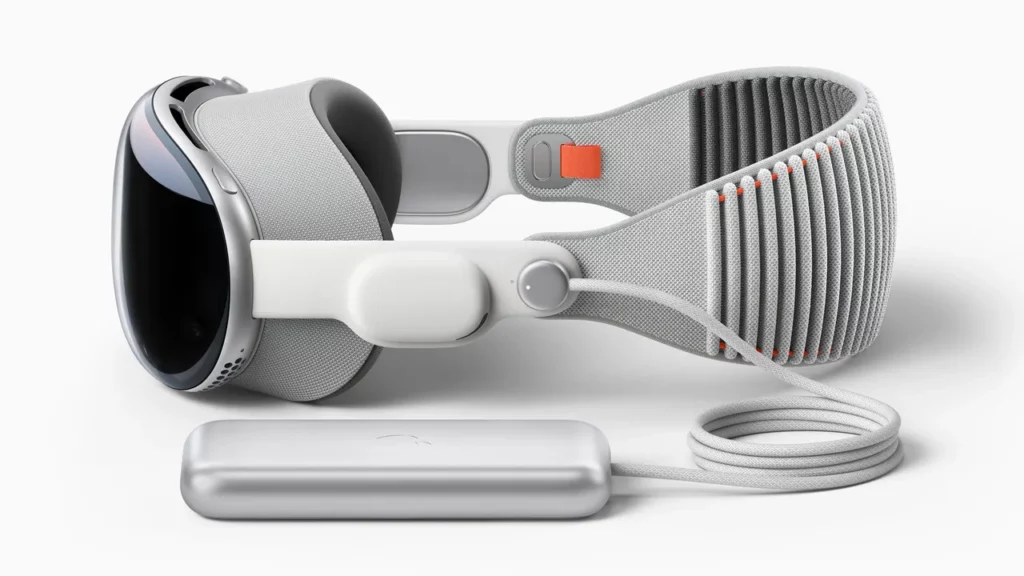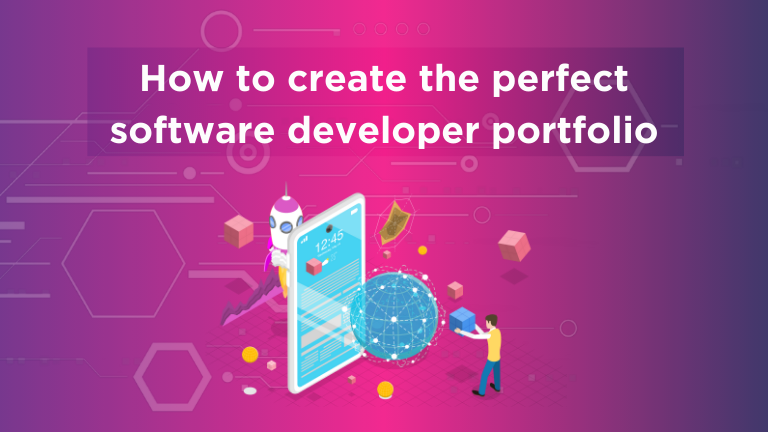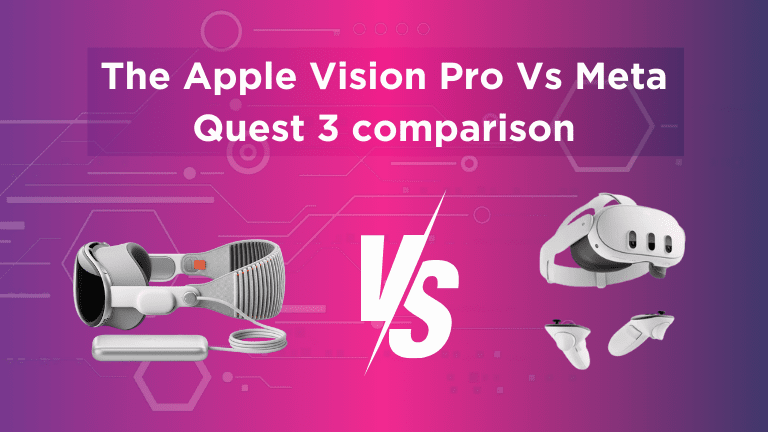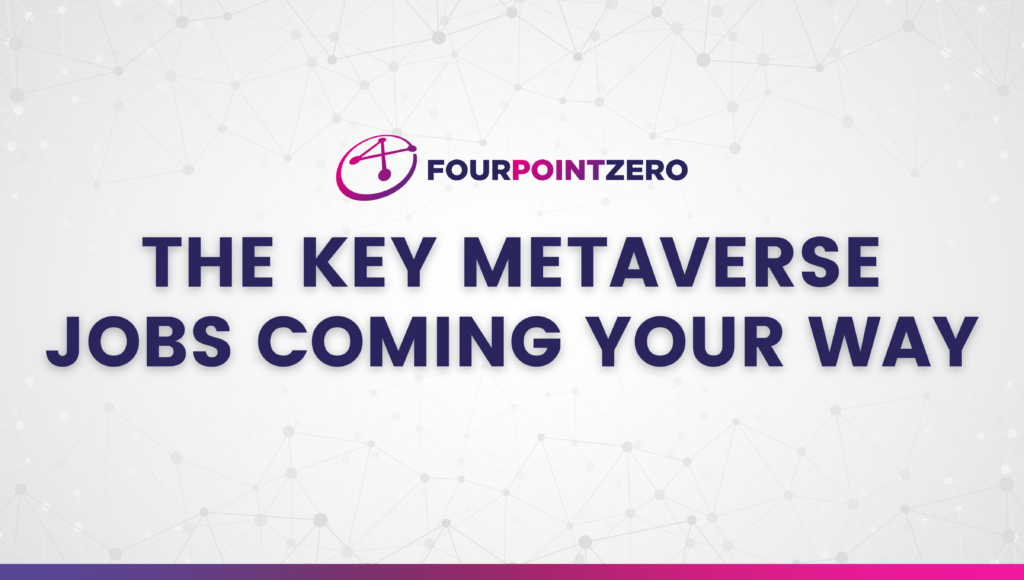What is visionOS? A Guide to the Apple Vision Pro Operating System

What is visionOS, and how will it change the extended reality market as we know it?
Recent developments in artificial intelligence, especially tools like ChatGPT, have diverted attention from XR and the metaverse. But now, the metaverse is gaining traction again, primarily because of the major reveals Apple made at this year’s WWDC.
In 2023, Apple took a monumental step into the XR market, introducing its brand-new MR (Mixed Reality) headset, the Apple Vision Pro. This device comes with an innovative operating system.
Designed to redefine the mixed and augmented reality landscapes, Apple touts visionOS as the first operating system entirely for spatial computing. Though it shares some foundational elements with iOS and MacOS, visionOS emphasizes reducing input lag and enhancing visual processing, perfecting the interactive experiences of the Apple Vision Pro.
Let’s dive into everything XR fans should know about Apple visionOS.
What is Apple visionOS? An Introduction
At first glance, visionOS might look like just another operating system upgrade from Apple. But a deeper look reveals much more. VisionOS is a cutting-edge spatial operating system, powering the ambitious Apple Vision Pro, Apple’s mixed-reality wearable.
VisionOS boasts features that elevate immersion and user experience. It uses a new rendering engine for high-speed, high-quality graphics and introduces a new physics engine for improved user interactions.
Unlike other extended reality headsets, the Vision Pro doesn’t come with controllers. Instead, the visionOS operating system lets users interact using their hands, eyes, and movements. Apple defines this technology as the bedrock for a new generation of augmented reality experiences.
Apple has announced several core features of visionOS:
- Real-time rendering: VisionOS’s new rendering engine can produce 3D graphics instantly, enabling immersive, realistic experiences. It even adjusts dynamically to natural light, creating shadows that enhance the perception of scale and distance.
- Physics simulation: VisionOS’s advanced physics engine simulates real-world VR interactions. The new input system lets users engage with content using their hands, fingers, and sophisticated eye-tracking tools.
- Open platform development: VisionOS offers developers an open platform experience, enabling quick content creation. Developers can use popular tools like SwiftUI, RealityKit, ARKit, Unity, Xcode, and Reality Composer Pro.
Apple claims that visionOS will not only drive the groundbreaking experiences the Vision Pro headset promises but will also push applications and tools beyond the limits of traditional displays. This technology will merge the real world and digital content into an environment that feels authentic and engrossing.
The Unique Abilities of Apple visionOS
At its core, Apple visionOS serves as the operating system that unlocks the Apple Vision Pro’s exceptional interactions. It provides the necessary foundation to support features like an ultra-high-resolution display that crams over 23 million pixels into two small lenses.
But most notably, visionOS focuses on spatial computing. It controls a range of cameras in the headset, which merges the virtual and real worlds, creating unprecedented user interactions.
The operating system crafts a powerful visual environment, complete with a steady image, captivating UI elements, and audio ray tracing for deep immersion. Furthermore, visionOS offers unique features exclusively for the Vision Pro.
For example, visionOS includes EyeSight, a feature that projects the user’s eyes onto the outside of the display. This allows for face-to-face interactions with others while using the device.
VisionOS also introduces a new security system, potentially making the Vision Pro more appealing to corporate users. The system features Optic ID, which relies on iris scanning and biometrics for authentication. It encrypts user data without storing it on the cloud, aligning with Apple’s embedded “Secure Enclave” chip subsystem.
The visionOS Opportunities for Developers
Apple designed visionOS not just for users, but also to attract a vast developer network. Apple has already committed to porting various applications from the iPad and iOS worlds to the visionOS ecosystem. This transition will expand the reach of developers. Over 100 Apple Arcade apps will also join the platform.
Right now, Apple collaborates with numerous media companies and developers to deliver fresh content for the headset. Disney has announced immersive content for Disney+, with other companies soon to follow.
But visionOS isn’t just for big corporations. Apple will release a visionOS SDK before the headset’s launch, which developers can use with their existing tools. Apple has also rolled out various resources for developers, including:
- Preparation documentation: Apple has crafted detailed documents to guide both new and established app store developers in anticipation of the visionOS SDK’s release.
- Educational resources: Beyond documentation, Apple provides tools for developers eager to master visionOS. The Apple website features 46 WWDC sessions, along with insights on creating apps for both business users and the general public.
- Professional support: For developers seeking more in-depth assistance, Apple offers direct expertise. Numerous events, programs, and testing opportunities will ensure app readiness for MR.
The Future of Apple visionOS
Days after Meta launched its updated Quest headset (Meta Quest 3), Apple unveiled the Vision Pro. Priced at a steep $3.5k, the Apple Vision Pro needs to prove its worth to justify the cost.
Apple’s new spatial operating system might be the key to validating the Vision Pro’s value in the XR market. After all, visionOS introduces unparalleled features in the AR and VR industry.
With its release set alongside the Apple Vision Pro in the fourth quarter of 2023, Apple is already making waves about the potential of this technology. If they deliver on their promises, the Vision Pro and visionOS might revolutionize the XR market.




